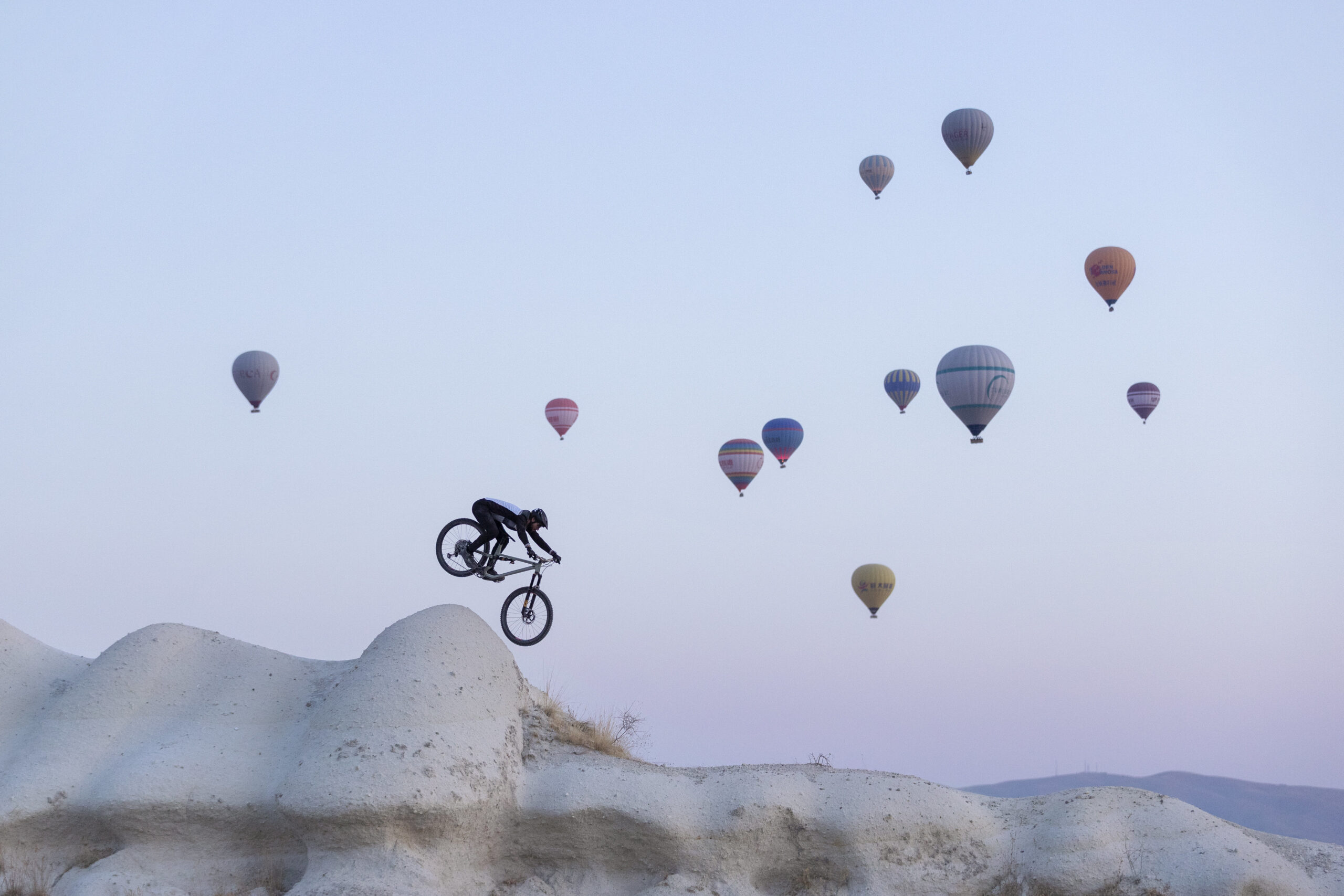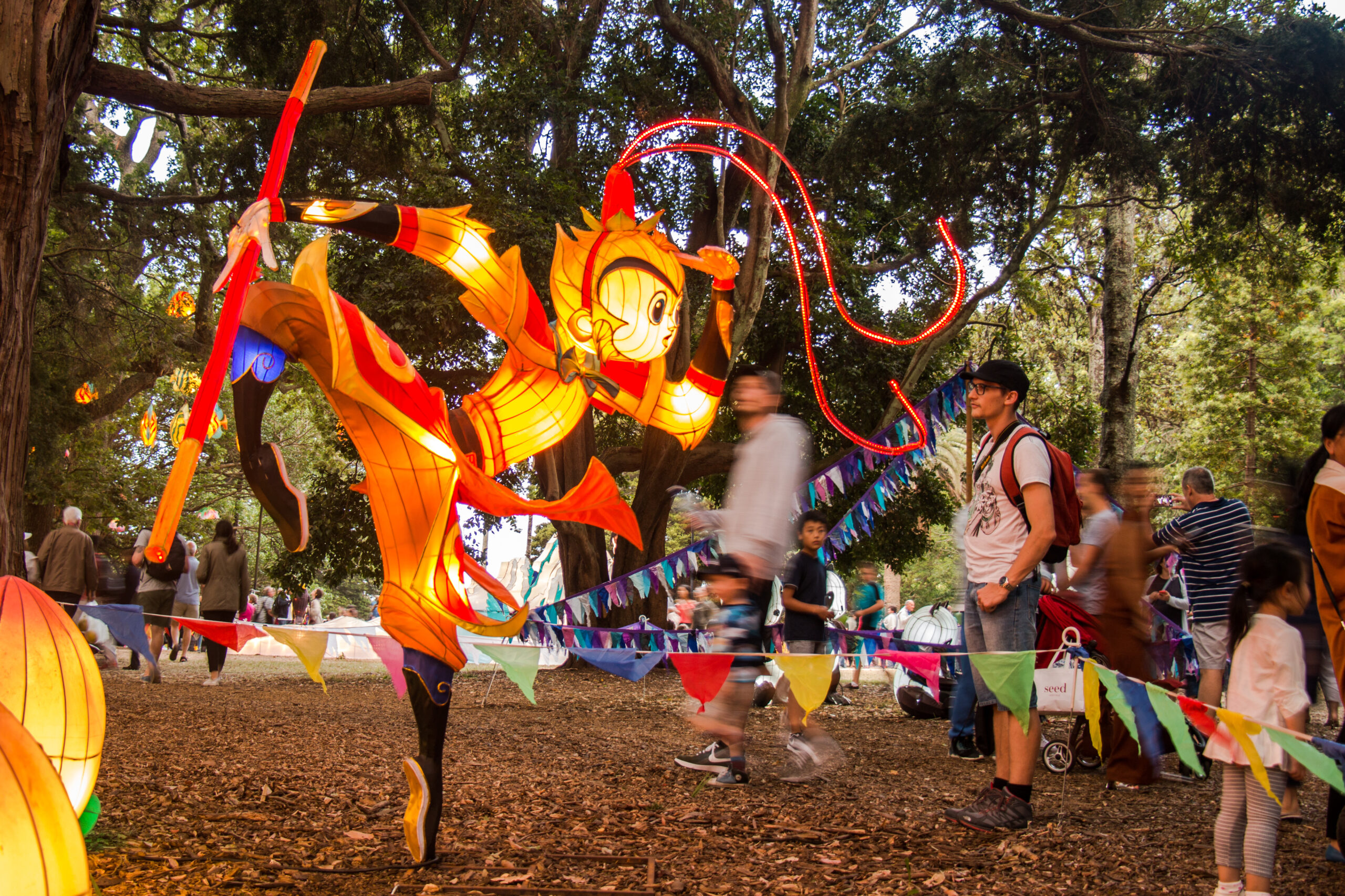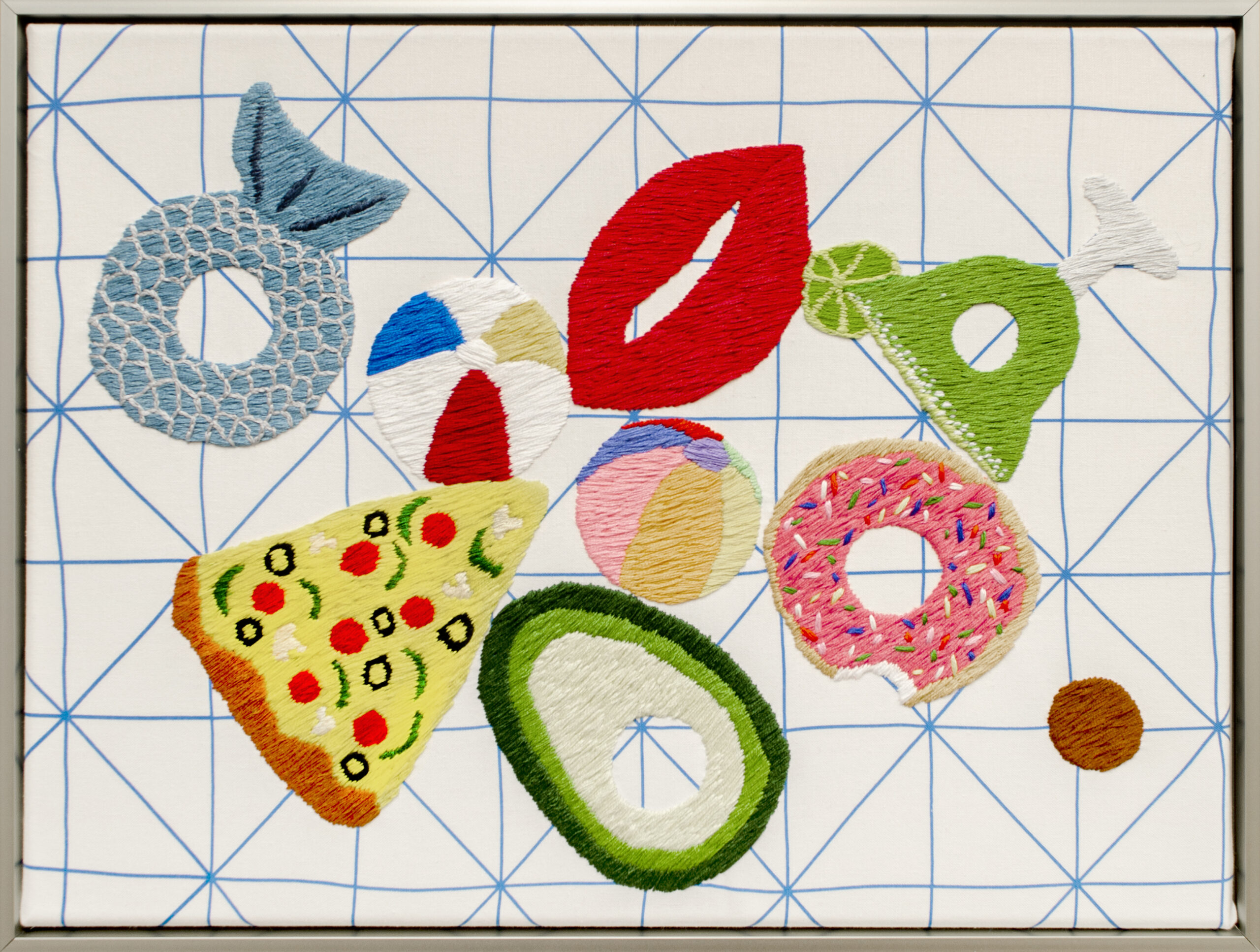Unlike plastic, aluminium and glass can be recycled again and again and again, with no loss of quality. So, which should you drink your beer from?
Unlike plastic, aluminium and glass can be recycled again and again and again, with no loss of quality. So, which should you drink your beer from?
Is it the curse of the environmentally minded to be, well, a bit uncool? Drinking beer from a can went out sometime in the 80s, but if they can bring back jumpsuits (no really, they did) then we can bring back the can. Yes folks: cans are the eco option.
Of course, nothing is ever that simple. There are two factors to consider: the energy it takes to make the can or bottle and get it to you; and what happens to it once it’s recycled.
Aluminium is smelted from alumina, which is extracted from bauxite, mined in Queensland. It takes a huge amount of energy to smelt aluminium; the Rio Tinto smelter at Tiwai Point in Bluff uses 15% of New Zealand’s electricity.
Glass is also made from natural resources: silica sand and limestone, but its production is simpler and uses less electricity than aluminium. Glass bottles made in New Zealand include around 60% recycled glass, one of the best ratios in the world (using recycled glass means the furnaces can run at lower temperatures).
But the glass advantage disappears once you take transport into account. Glass bottles are heavier than aluminium and require a lot more fossil fuel to transport. If you’re drinking bottled beer shipped here from foreign shores, your beer belly’s carbon-print balloons further still.
The news for longnecks gets even worse once you put them out for recycling. We recycle about 55% of our glass containers in New Zealand, some 200,000 tonnes a year. That’s more than double what can be processed in Auckland, at O-I New Zealand’s two smelters in Penrose. A third smelter is on the cards, but at a cost of $50 to $60 million it has already faced years of delays.
Further south, other things are done with your empties. A mobile crusher tours the country, smashing through 12 tonnes of glass an hour for use as an aggregate in road and building materials, a substitute for sand at golf courses, even as a mulch under grapevines.
Recycled aluminium, on the other hand, is in hot demand. About 61% of our aluminium cans are recycled. Sent to Australia or Japan, they’re shredded, melted and made into more cans—and other useful stuff, like cars. One tonne of recycled aluminium saves about five tonnes of bauxite, and requires 95% less energy than making aluminium from virgin materials.
So, aluminium takes more energy to get out of the ground, but less to transport and your empties have real value—plus, they decrease the amount of mining and smelting required in the first place. Glass is much more energy-efficient to create, but it’s heavy and fuel-intensive to transport, and away from Auckland the bottle’s much less valuable once empty.
Our recommendations: drink less … or more, with a refillable swappa crate or two-litre plastic rigger (hey, it worked for jumpsuits). Brew your own. Go to the pub for a pint. Drink Kiwi beer from a can. When in Auckland, drink Kiwi beer from the bottle. If none of that appeals, at least make sure you drink local. Really local. There are microbreweries all over New Zealand; find the one nearest you and show them some low-beer-miles love.






